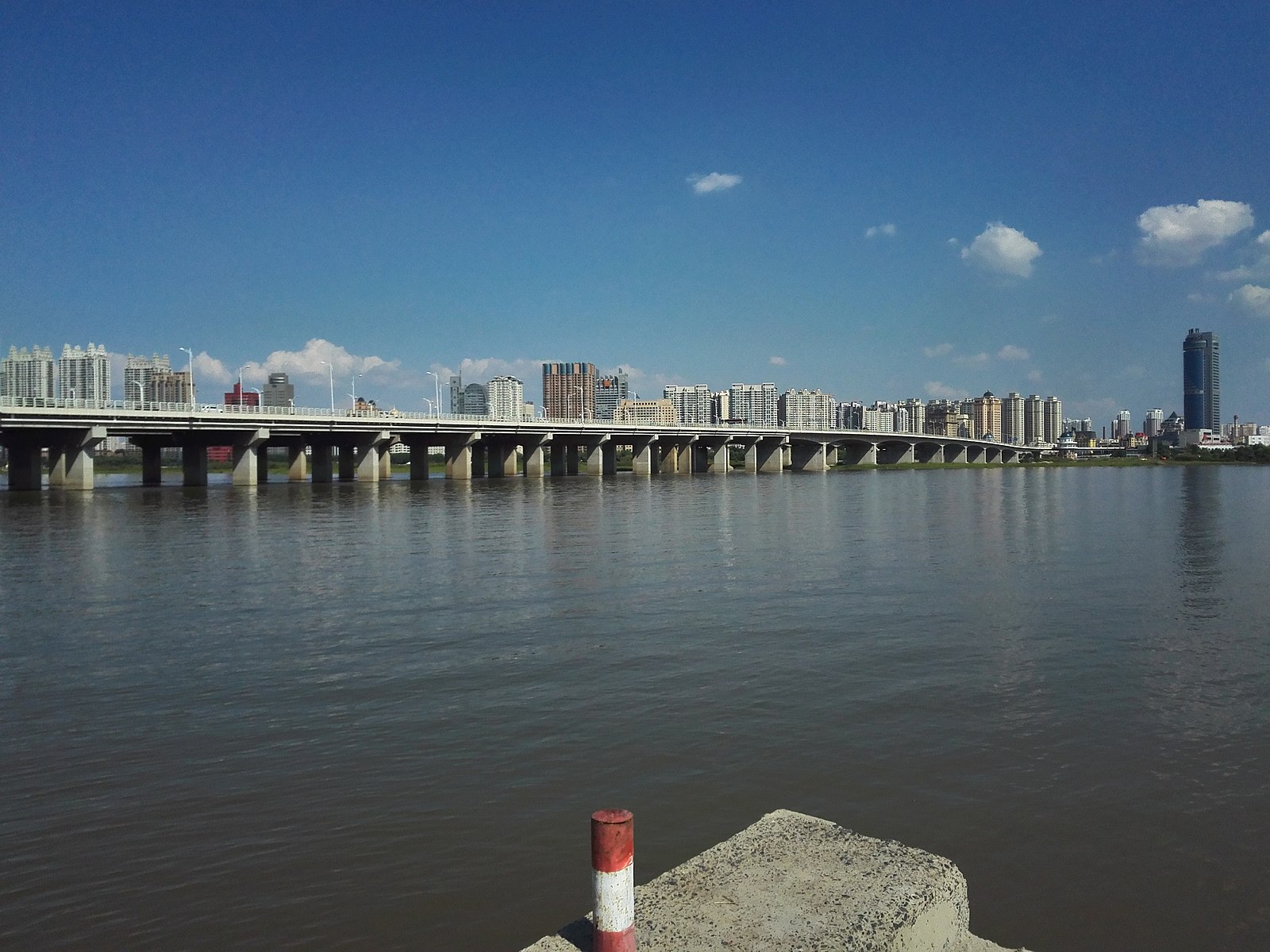Molybdenum Ore Spill Is China’s Biggest Tailings Leak in Nearly 20 Years

Songhua River in Harbin, Heilongjiang, China. Photo courtesy of Wikimedia Commons.
This story originally appeared in Reuters and is republished here as part of Covering Climate Now, a global journalism collaboration strengthening coverage of the climate story.
BEIJING (Reuters) – A spillage of waste molybdenum ore in northeast China last month was the biggest tailings leak the country witnessed in almost 20 years and needed the toughest environmental emergency response, the environment ministry said on Monday.
The incident on March 28 in Heilongjiang province sent 2.53 million cubic meters of water containing waste molybdenum ore – mined for the metal used in stainless steel and tools – into the local river system, reviving fears over the safety of ponds used for tailings.
Tailings dams are commonly used by mining firms to store waste remnants of ore.
The spill reached as far as 110 km (68.35 miles) southwest of the mining site, where the chemical oxygen demand reading (DOC) – a measure of water quality – was 5.7 times higher than standard levels. A high COD reading indicates a greater threat to aquatic life.
There were no reported casualties in the Heilongjiang incident, which occurred at a pond belonging to Yichun Luming Mining, but the Ministry of Ecology and Environment said on Monday the incident required “the toughest emergency management” and “extremely complex rectifications.”
Meanwhile, Yichun Luming’s production license was temporarily suspended after the spill.
The ministry also said it launched an investigation into the spill with the Ministry of Emergency Management and Heilongjiang province and would make the probe report public.
Last week, both ministries announced a broader month-long probe into hidden risks at tailings dams across the country.
Tailings dams have been under close scrutiny globally since the collapse of one in Brazil last year killed more than 250 people. In China, 276 people died when a tailings dam at an iron ore mine gave way in Shanxi Province in September 2008, around one month after a similar incident, also in Shanxi, killed at least 43 villagers.
The environment ministry said the local Hulan river had now been “basically cleared” after weeks of on-site emergency treatment and that the key objective of not allowing excessive waste to enter the Songhua river, the fifth-longest in China, had been achieved.
(Reporting by Tom Daly and Min Zhang, Editing by Sherry Jacob-Phillips)










Leave a Reply
Want to join the discussion?Feel free to contribute!